
What Does Algae Eat? Algae’s Unique Eating Habits
Read more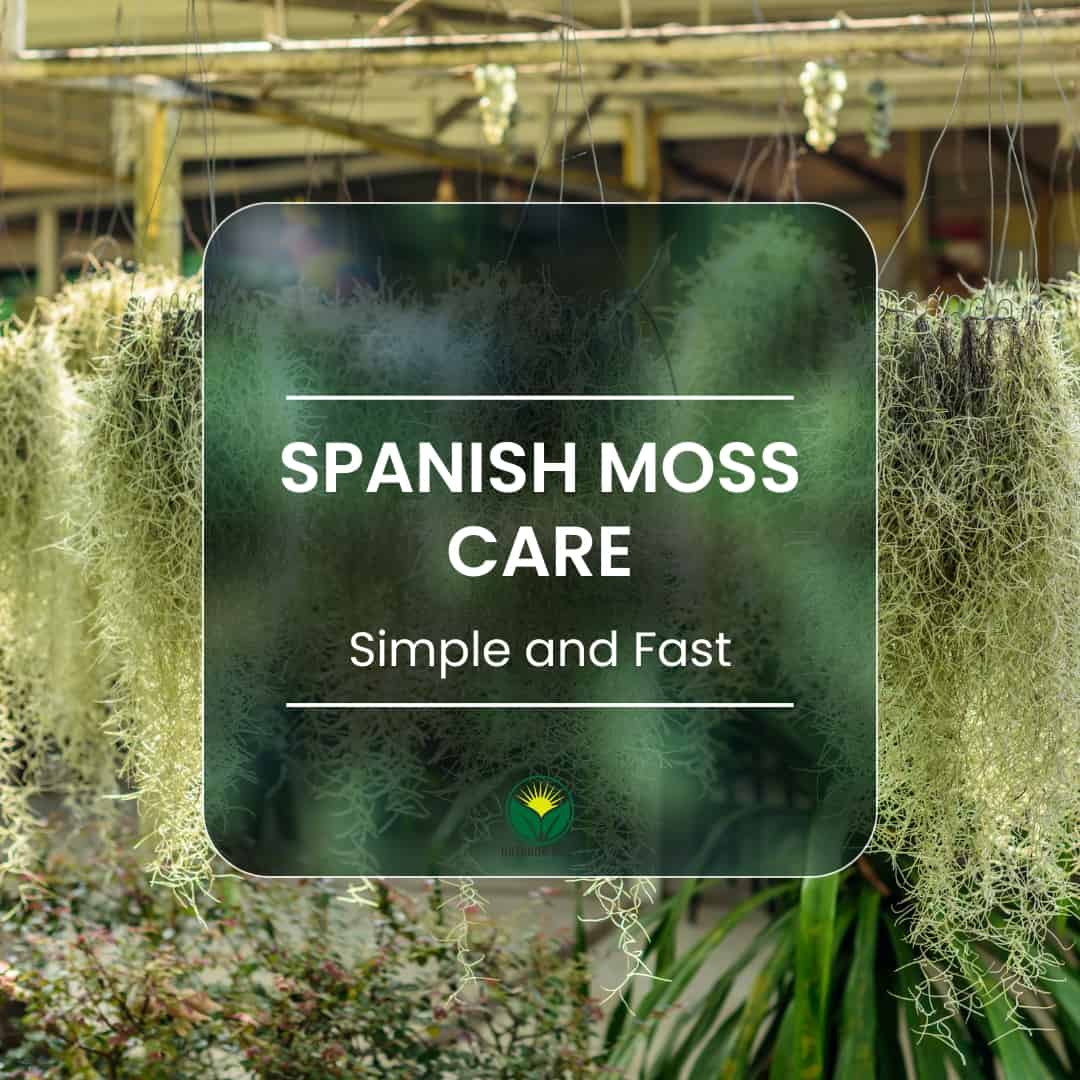
The best way to care for Spanish moss (Tillandsia usneoides). Simple and fast
Read more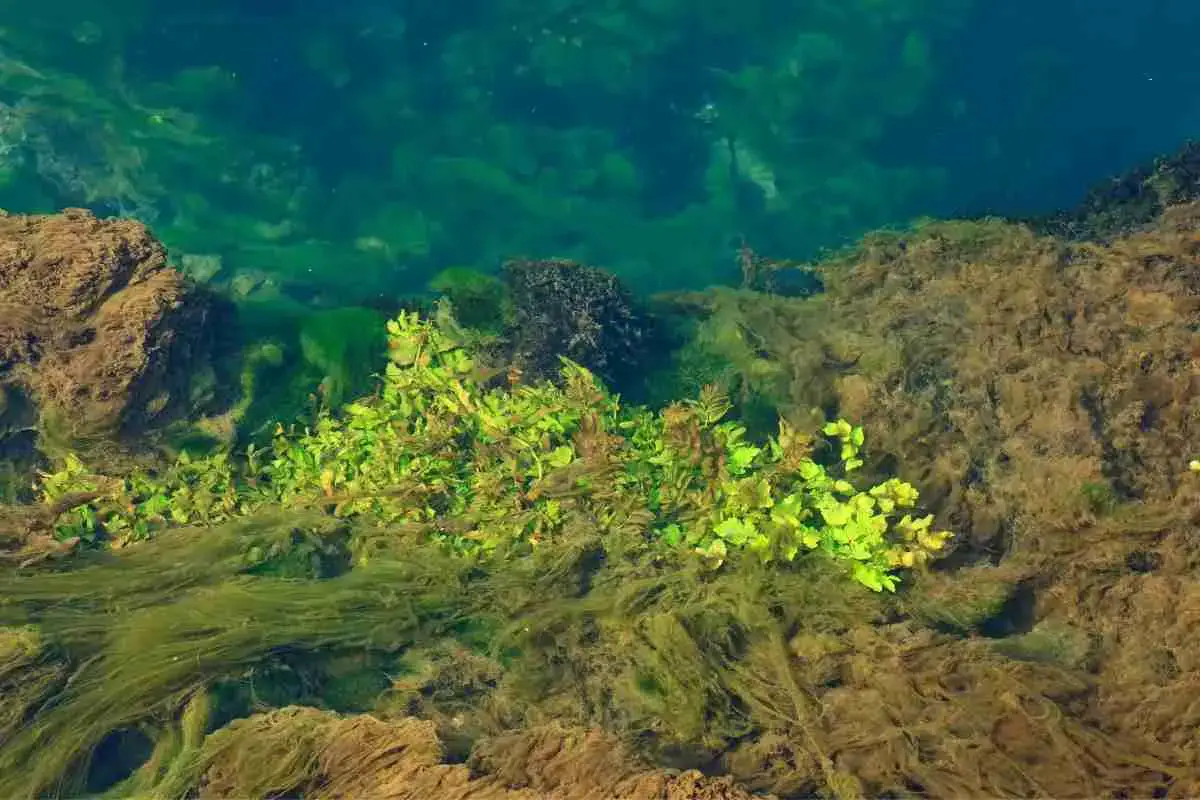
Is Algae A Producer of the Future? Understanding Its Role in Energy and Food Production
Read more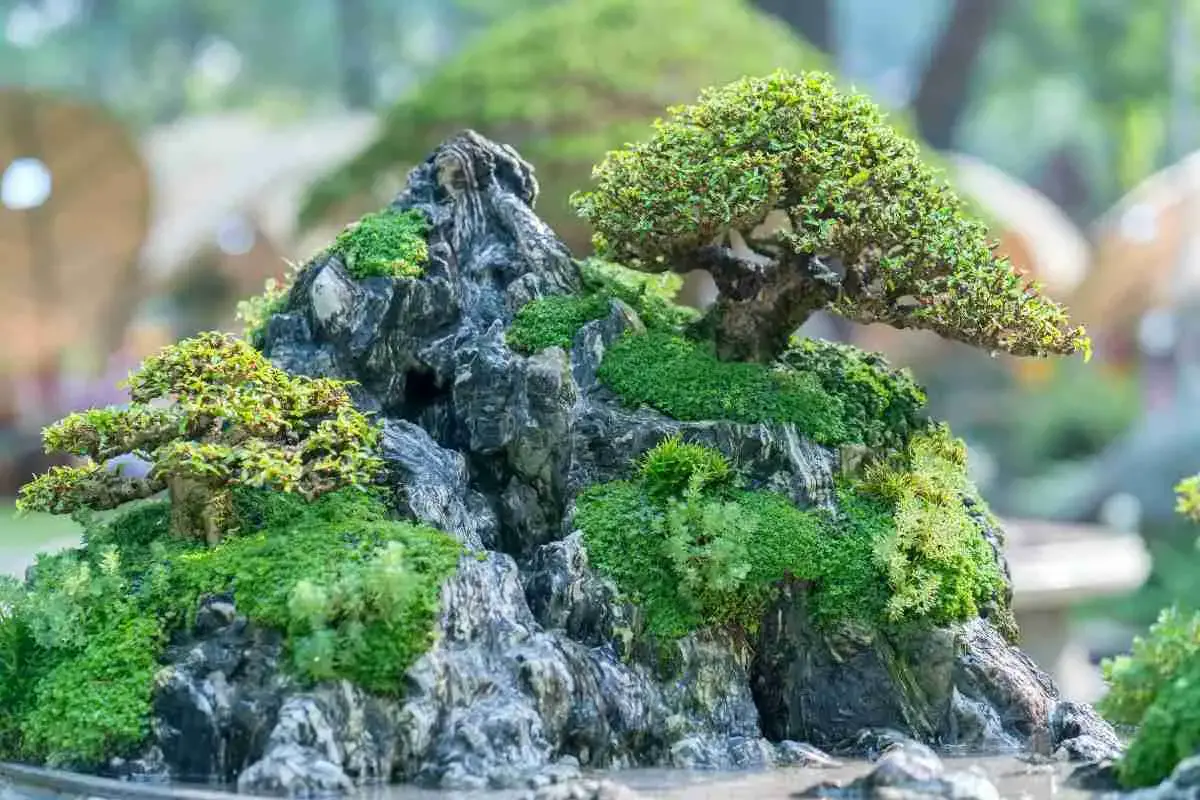
6 Types Of Moss For Bonsai: Bonsai Moss
Read more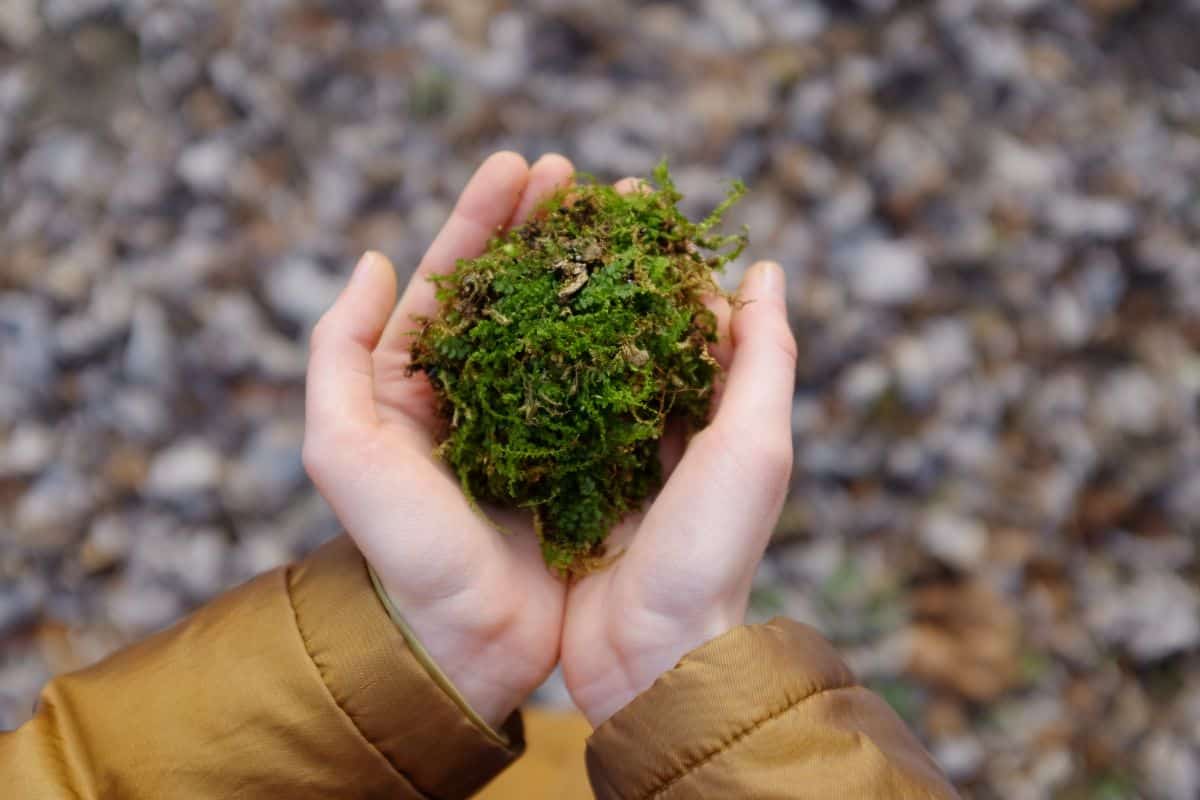
How Long Does Sphagnum Moss Last?
Read more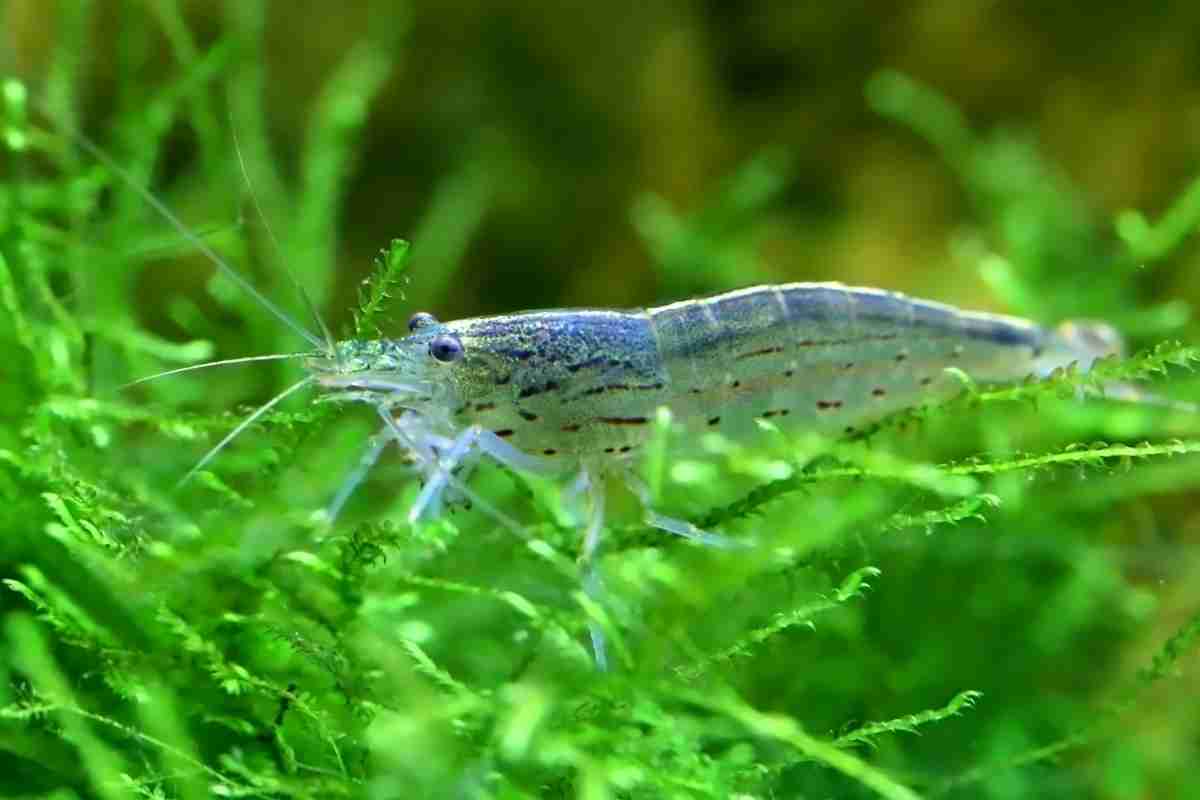
How To Grow Algae For Shrimp In An Aquarium?
Read more
Is Algae A Protist? (Autotrophic Or Heterotrophic)
Read more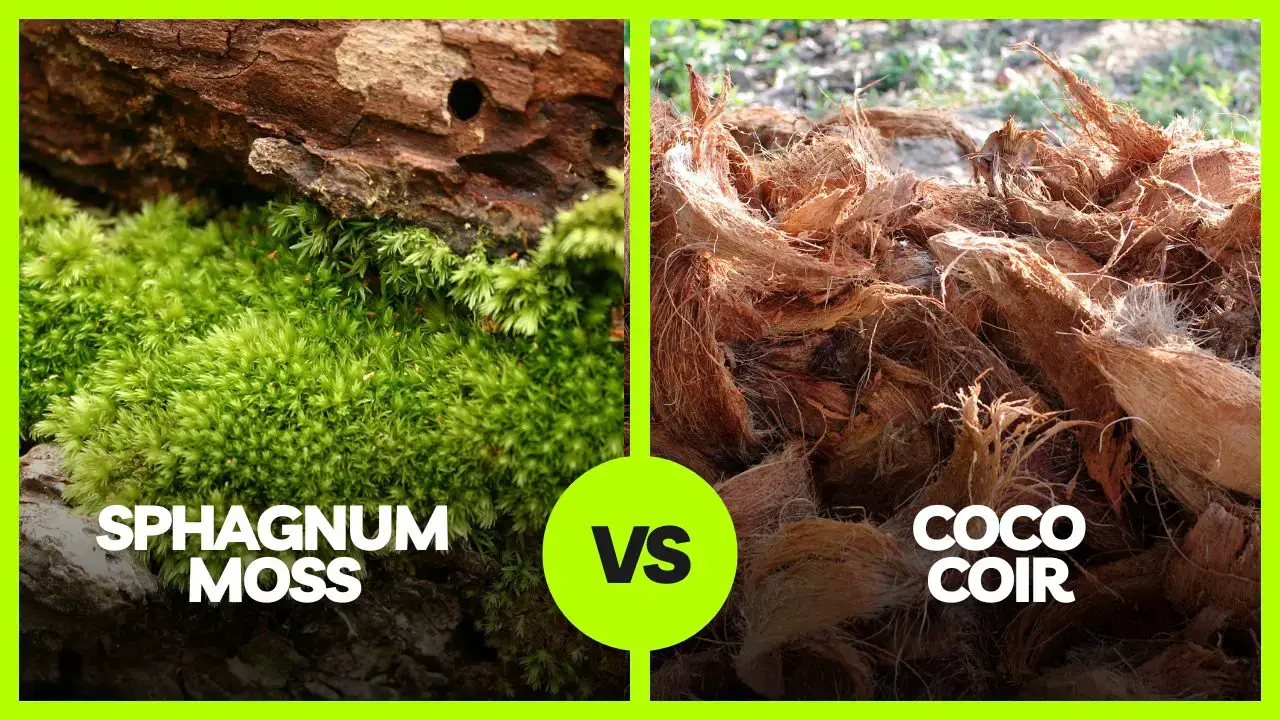
Sphagnum moss pole vs Coir pole. Which one is best for your houseplants?
Read more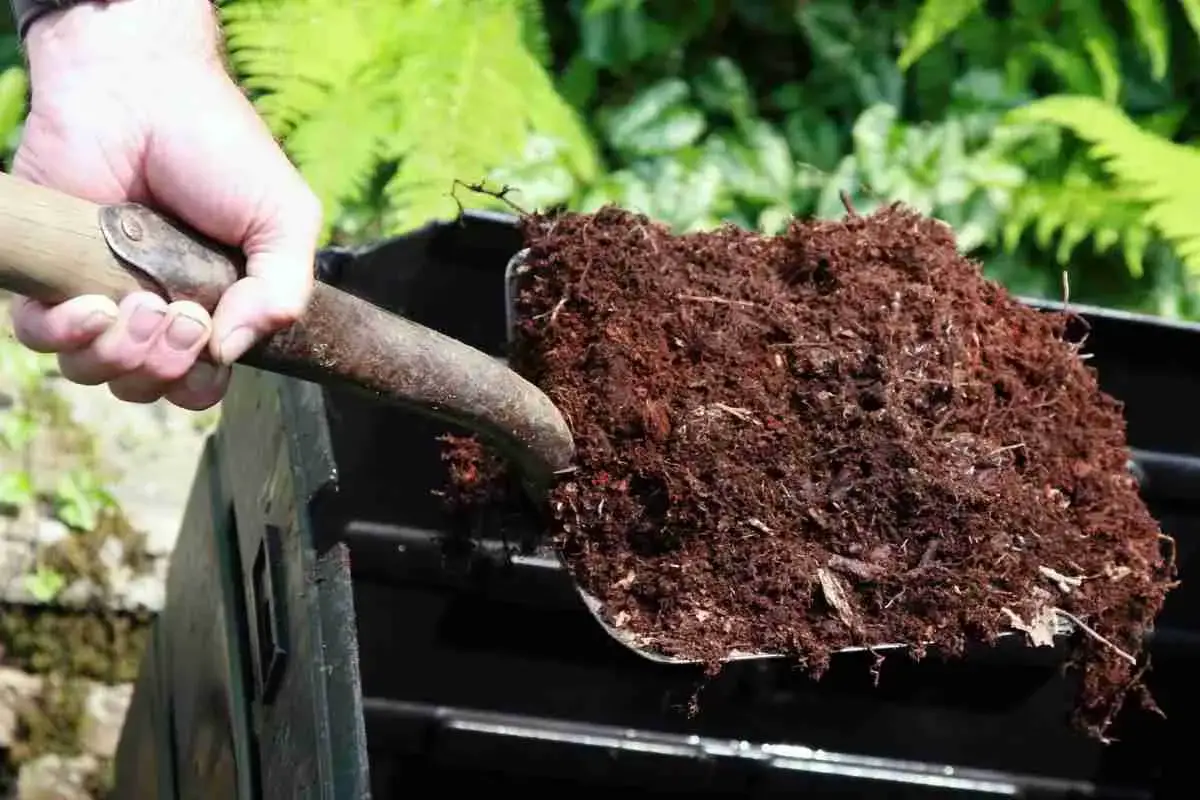
Can Moss Be Composted? Composting Moss
Read more
5 Best Moss Killers for Block Paving
Read more
Does Algae Need Sunlight? The Surprising Truth!
Read more